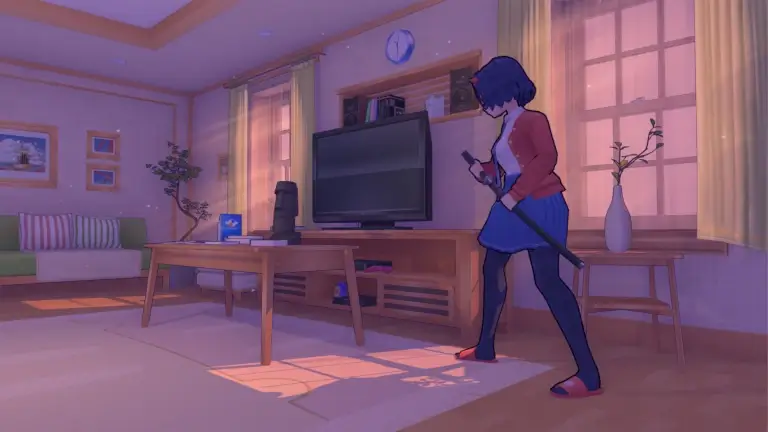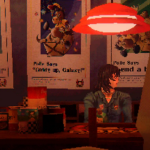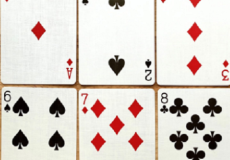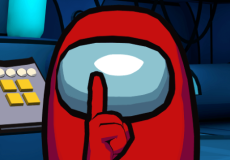

Tentacle Locker
Advertisement
Tentacle Locker is a 2D interaction-based game developed by HotPink Games that centers on simple mechanics and cyclical gameplay. The player controls a set of lockers in a school hallway while observing passing characters. The environment loops continuously, and the player’s actions determine how the scene progresses. The design uses limited inputs and a confined space, creating a closed system of observation and response. There are no levels or progression markers; instead, the interaction itself defines the rhythm of play.
Advertisement
Similiar games
Tentacle Locker is a 2D interaction-based game developed by HotPink Games that centers on simple mechanics and cyclical gameplay. The player controls a set of lockers in a school hallway while observing passing characters. The environment loops continuously, and the player’s actions determine how the scene progresses. The design uses limited inputs and a confined space, creating a closed system of observation and response. There are no levels or progression markers; instead, the interaction itself defines the rhythm of play.
Gameplay and Interface
The structure of Tentacle Locker is built around direct observation. Characters move along a hallway, and the player interacts with lockers by opening or closing them at the right moment. Timing becomes the core mechanic—acting too early or too late leads to a reset in the loop. The perspective remains fixed, and every event follows the same visual format. Because the interface is minimal, all focus stays on timing and repetition. The game does not include dialogue, currency, or objectives beyond reaction and coordination.
Key components of Tentacle Locker’s system include:
· Static side-view environment with repeating character movement
· Player-triggered locker interaction through single-button control
· Loop-based cycle resetting after each action
· Absence of traditional scoring or progression
· Emphasis on visual timing and input accuracy
These mechanics create a contained feedback loop where the player’s attention is focused entirely on small variations in timing and animation.
Technical Layout and Design Logic
The game’s code structure and design use event-based scripting that ties input timing to animation triggers. Each successful interaction initiates a short sequence, after which the game resets the hallway state. Because the system relies on repetition, precision in event handling is central to maintaining fluid motion. The absence of interface clutter allows consistent performance across browsers and devices. The limited scope of control means the player operates within a predictable yet reactive framework, making Tentacle Locker an example of single-mechanic loop design.
Versions and Distribution
Tentacle Locker exists in multiple iterations, including browser-based and downloadable versions. Some releases add expanded options, alternative scenes, or slight modifications to character animations, while others remain close to the original format. The game’s simplicity allows it to run on low-end hardware, making it accessible across platforms. Due to its content and presentation, it is often distributed unofficially and classified under adult-oriented categories. Despite the narrow scope, its recognizable visual loop and minimal structure have made it a recurring reference in discussions of micro-scale interactive design.
Discuss Tentacle Locker




















